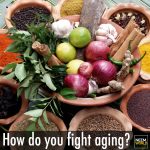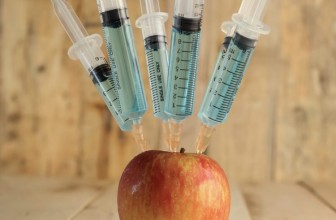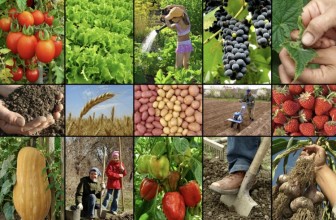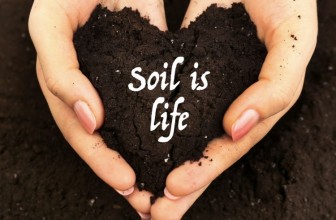Global Organic Farmland Trends
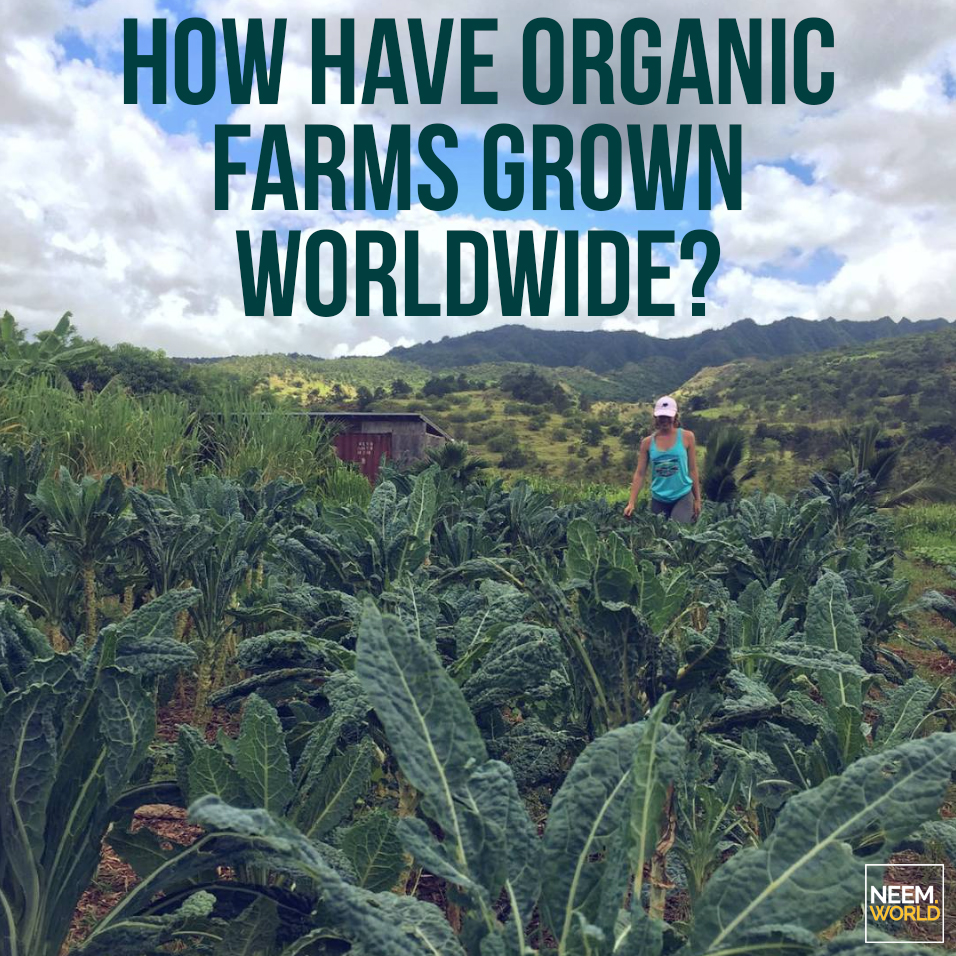
Organic farming has grown dramatically in the past 20 years due to increased consumer demand and a greater awareness that sustainable farming practices improve global health. Over 50 million hectares were producing food organically around the world in 2015. This was a 500% increase since 1999, when only 11 million hectares were classified organic.
The countries that have shown major organic farmland growth are the United States, with a 30% increase, and India, with a 64% increase. Spain and France also both increased their organic farmland by 0.3 million hectares. Oceania and Europe have shown the highest growth over the past ten years, as well as between 2014-2015, at 22.8% and 12.7%. In 2015, Europe had over 12.7 million hectares of organic farms, 4x that of North America. The number of organic farmers has increased to 2.4 million, up 7.2% from 2014. From these figures, it is easy to see that organic farmland is increasing in huge rates, riding the wave of consumer demand for organic food.
Globally, the organic market reached $86 billion USD in 2016. Which countries have the highest demand for organic food? The United States holds the largest market share at $41 billion, followed by Germany and France. While these countries claim the biggest shares of the market, Spain and Denmark’s organic markets also showed impressive growth last year at 24.8% and 8.4% respectively. Surprisingly, Switzerland spends the most on organic food per person at $289 per year.
Germany in particular has seen a dramatic increase in demand for organically produced, sustainable food. Since 2000, the amount of organic farms has more than doubled to 27,132. This comes as no surprise as the country continues to lead Europe in organic food sales, totalling $9 billion in 2014 even though Europe’s organic farmland represents only 5.7% of the total. Germany ultimately wants 20% of all agricultural land to be organic.
With these steady increases in the prevalence of organic farmland, organic farming tools, pesticides, and fertilizers have increased in demand. One such tool is the neem tree. By using neem-based pesticides and fertilizers, farmers can produce nutrient-rich organic food in sustainable ways that is safe for the soil, water, pollinators, and you!


